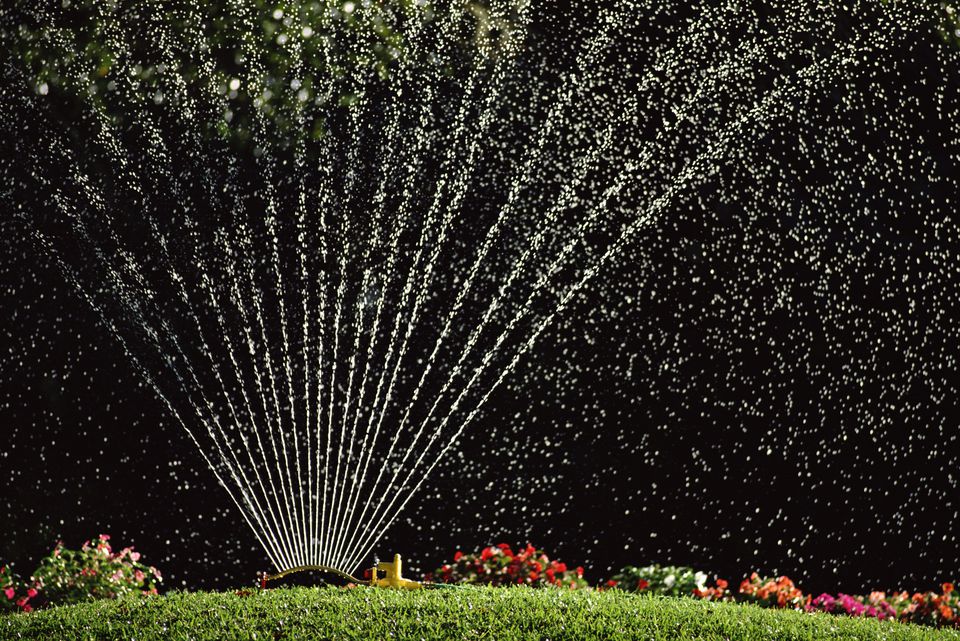Preparing Your Grass for the Desert Conditions of Winter
Summer is the time for watering the grass, right? You might think that you can stop watering lawns in fall, especially if you are a Northerner (the heat has a way of reminding Southerners of the need for irrigation). But not so fast!
When to Stop Watering the Lawn in Fall
You would think that, with all of the snow that you will be getting during the upcoming winter (if you live in the North), you would not have to continue watering lawns in fall (at least not in late autumn), right?
Regardless of the amount of snowfall that you anticipate, you should not stop watering your lawn in fall until the ground freezes (after which time it would be pointless to water, since the frozen ground would act as a barrier, blocking the water’s path to the root zone). The cold temperatures of northern winters create desert conditions. That is correct, you read “desert.” That word may conjure up images of cacti and succulents and hot sands, but it also applies to regions in which water is locked up in the form of ice. When the ground freezes, the roots of your lawn grass are deprived of water — regardless of how much snow lies on top of the soil.
Of course, you do not want to over-water, either. If your area receives sufficient rainfall in autumn, you may only have to water lawn areas that have been overseeded or where new lawns have just been started.
Why It Is Important to Keep Watering Your Grass in Fall
While it is a good idea to keep the soil under your grass moist right through late fall, it is even more important for Northerners to resist the temptation to stop watering the lawn in early fall.
More generally speaking, your grass does keep growing in autumn — even if only in places where you are not aware of its growth, because these spots are hidden from human view; that is, it is growing underground. More specifically, there is growth activity taking place in the stolons of your grass. Such underground parts of your grass plants form their “foundation,” if you will. The activity going on at the stolon level is important to the long-term health of your grass, helping it repair a summertime’s worth of damage and getting it ready for the year ahead.

